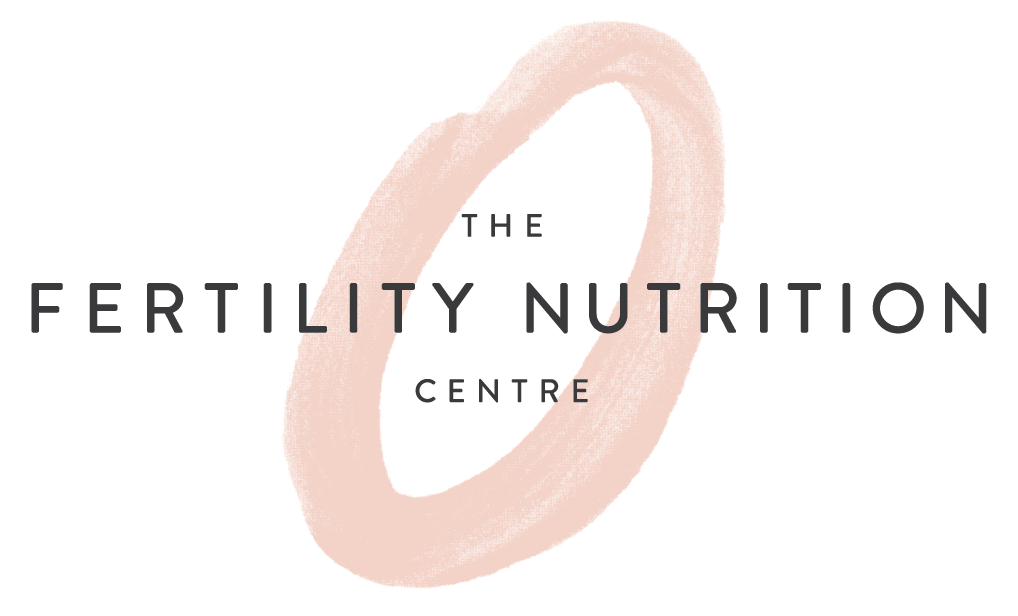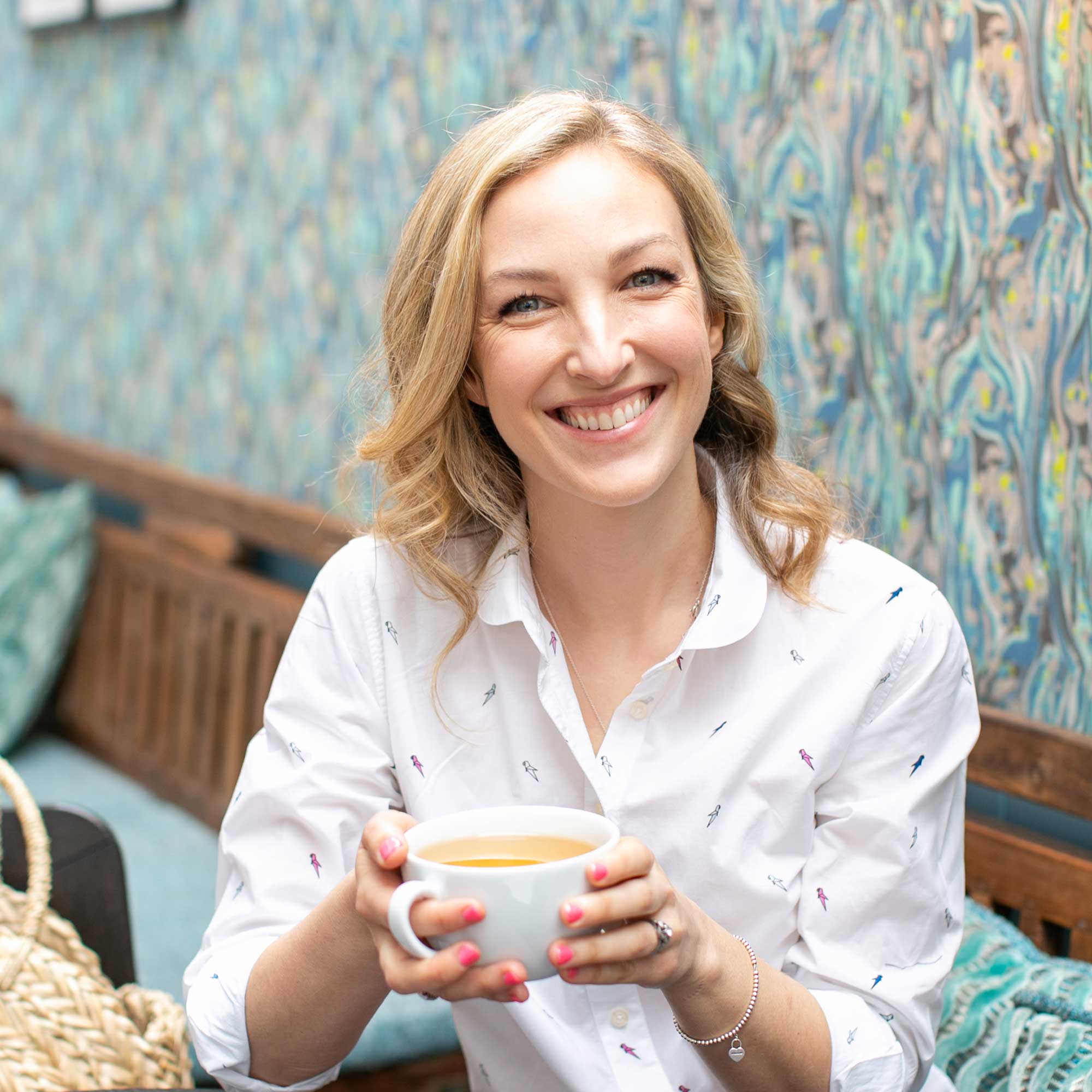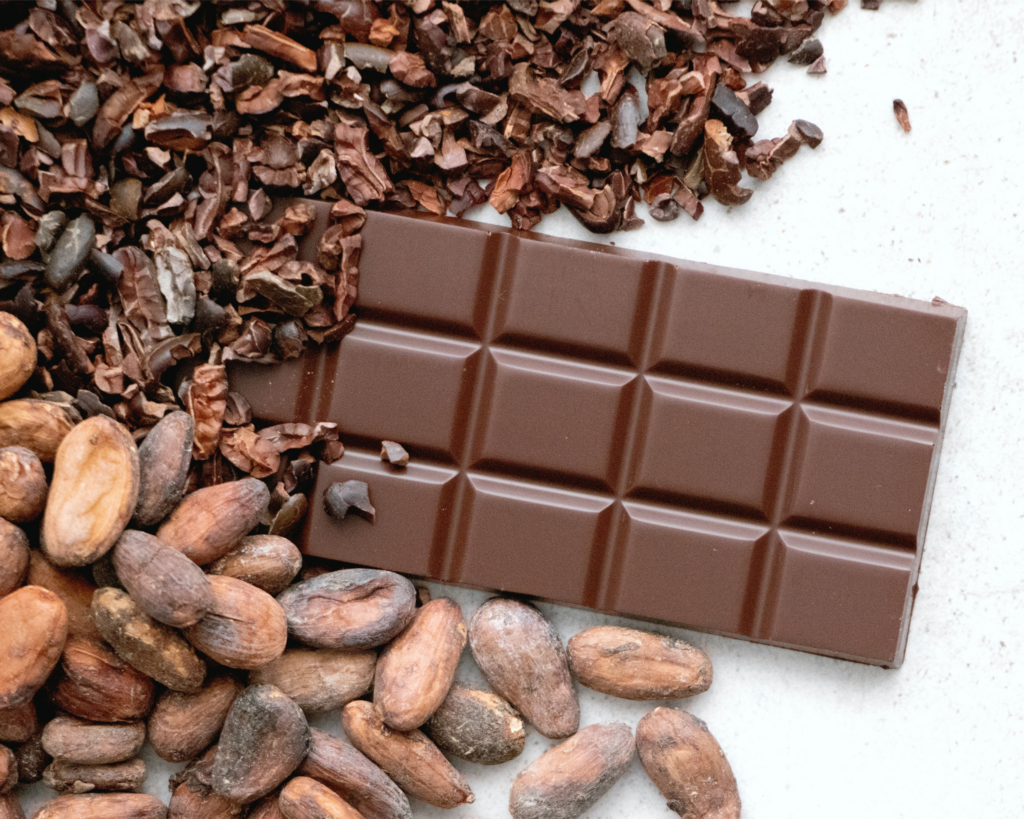
Let’s talk about chocolate and fertility.
We hereby permit you to stop googling ‘how to give up chocolate’ and allow yourself some chocolate if you want it, enjoy it! Life IS about balance, after all, and also perspective. A little of what you fancy ALWAYS DOES YOU GOOD, and we are not here to judge.
However, if you feel you eat too much chocolate or are suspicious that the ingredients in the chocolate you are eating may be interfering with your hormones and fertility, then keep reading.
A great tactic to deploy (always over the long term, as slow and steady always wins the race) is to consider the type of chocolate you eat and when you eat it (and yes, how much). And, no matter how embedded and powerful those habits and cravings are, if you truly want to, you can ABSOLUTELY work on them and overcome them!
Isn’t chocolate bad for my health?
There’s no beating around the bush here, we are referring to your run-of-the-mill milk chocolate (white, too) bars and treats, and yes, they don’t really contain anything particularly supportive of good health – or hormones. BUT, the good news is, that not all chocolate needs to be tarred with the same brush, yay! By switching to dark chocolate, you can reap the health benefits of wonderful cacao. And studies have suggested that – over time – choosing higher cacao content (essentially the raw and unprocessed version of cocoa) can help you to gravitate away from the sugary pull (or non-sugary – artificial sweeteners are no better) of milk chocolate. The biggest benefit will be fewer blood sugar spikes and crashes, which, amongst other things, see us dipping (sometimes quite dramatically) in energy and fuelling the desire for snacks and pick-me-ups. Plus, there is evidence of positive interaction between cocoa and its products with the gut microbiome and mood in general!
What can we tell you about chocolate and fertility?
Our specialist, Harriet ‘Bean’ Bindloss, strongly recommends a few squares of (containing at least 75% cocoa solids) after a meal, preferably breakfast, to avoid any impact on sleep because of the caffeine. She says:
“some dark chocolate after a meal is not only lovely and enjoyable but also contains so many
beneficial nutrients, like large amounts of antioxidants, plus some fibre and magnesium,
which are all very supportive of fertility. Good quality cocoa is a portion of natural plant food,
and getting more plants into your diet is always a good thing for all bodily functions,
and therefore, fertility!”
But it just doesn’t taste the same!
No, it probably doesn’t at first, so making the transition requires a little effort, but your incredible taste buds can and will adapt over time. If you think of your tastebuds as being conditioned towards sweetness, it is also possible to steer away. We suggest taking things slowly, reminding yourself that adapting will take time, and trying to enjoy the process – YOU CAN DO IT.
The key to success and sustainability
What we strongly suggest to you – as we do with all dietary changes – is that you treat yourself with kindness and patience. A sweet tooth has long been there and is NOTHING to do with self-control (or perceived lack of it). Humans are directed towards sweetness as a part of our natural evolutionary survival – after all, breastmilk is very sweet! And as we grow, the need for sweetness is nurtured and encouraged. But you can retrain your tastes, and you can also really enjoy a fresh approach. Commit to it, but don’t beat yourself up along the way – if you want the chocolate, eat it and enjoy it. Keep reading for some delicious recipe suggestions…
So how do I decide what chocolate to buy?
Thanks to our specialist, Jen, we have the intel, who took us shopping for chocolate a little while ago. Watch the video here. Jen suggests:
- Avoid flavoured variants of chocolate as it tends to contain more sugar or artificial sweeteners and flavourings.
- Check your labels. Lots of unrecognisable ingredients are not likely to be healthy or wholesome.
- Opt for dark with a high cacao content, and go for a sugar content of around 30 grams or lower per 100 grams of chocolate.
- Chocolate with nuts is a great way to get some extra fertility-friendly nutrition from the nuts.
Here are two of our favourite recipes you could try as a lower-sugar and more nutrient-dense treat.
The Fertility Nutrition Centre founder, Sandra’s Chokladbollar:
These little morsels of deliciousness are a healthy take on a Swedish classic. They’re also dairy-free, gluten-free, nut-free and egg free
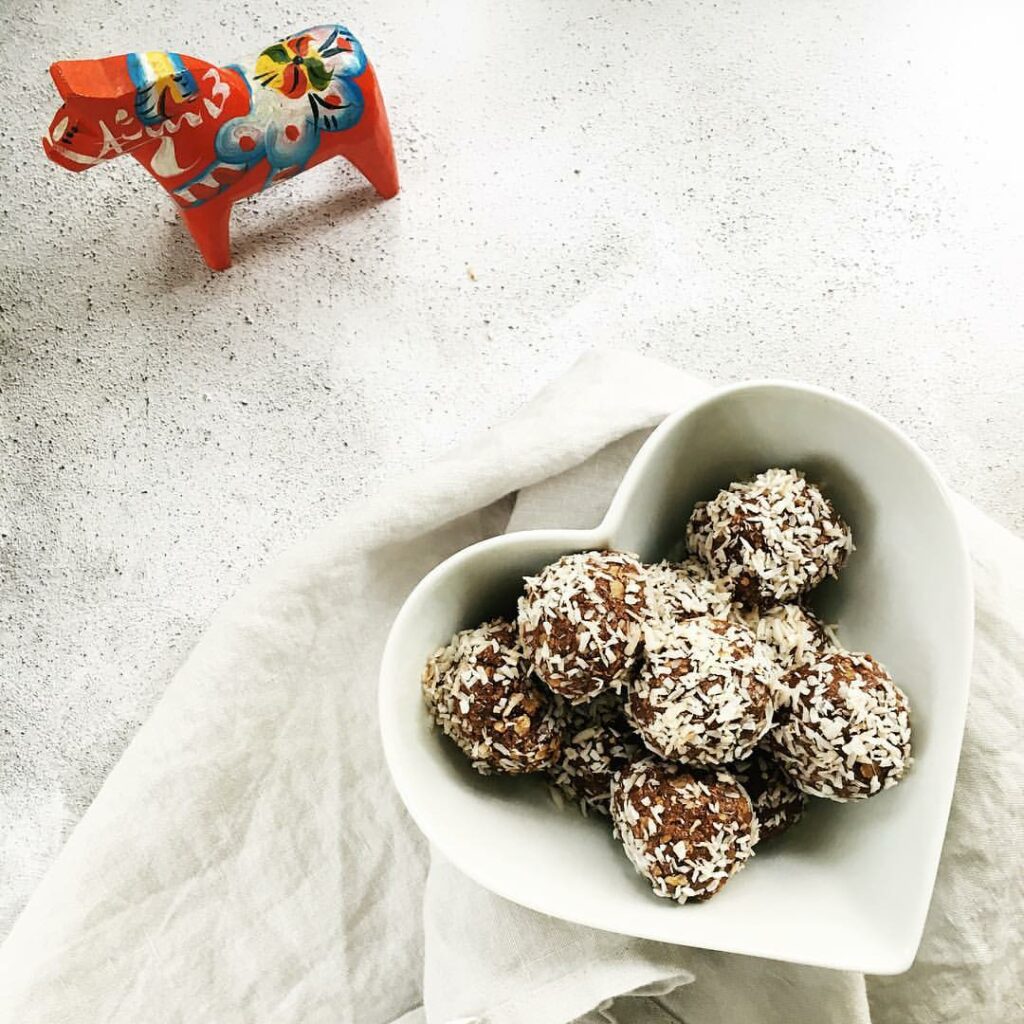
To make approx 15
- 140g oats
- 50g coconut oil (you can use butter instead)
- 2 tbsp cacao or cocoa
- 2 dates (depending on how sweet you like them, you may need more)
- 1/2 teaspoon vanilla (optional)
- Desiccated coconut for decorating
Method:
- Blend all the ingredients for a few seconds until it forms a sticky dough apart from the desiccated coconut. It shouldn’t be crumbly, and you should easily be able to form balls out of the mix. If it’s too dry/crumbly, add some more coconut oil.
- Taste it at this point and add another date if the mixture isn’t sweet enough.
- Make your ball shapes, then roll them in the desiccated coconut and pop them in the fridge to set for 30-60 minutes.
- Take them out about 5-10 minutes before eating so they soften a little.
Top tip: You could use honey or maple syrup instead of dates. Start with a tbsp and taste to get the sweetness right.
Jen’s Peanut Butter Cups:
Nut butter and chocolate heaven with these tasty and nutritious treats from our Fertility and IVF specialist, Jen Walpole.
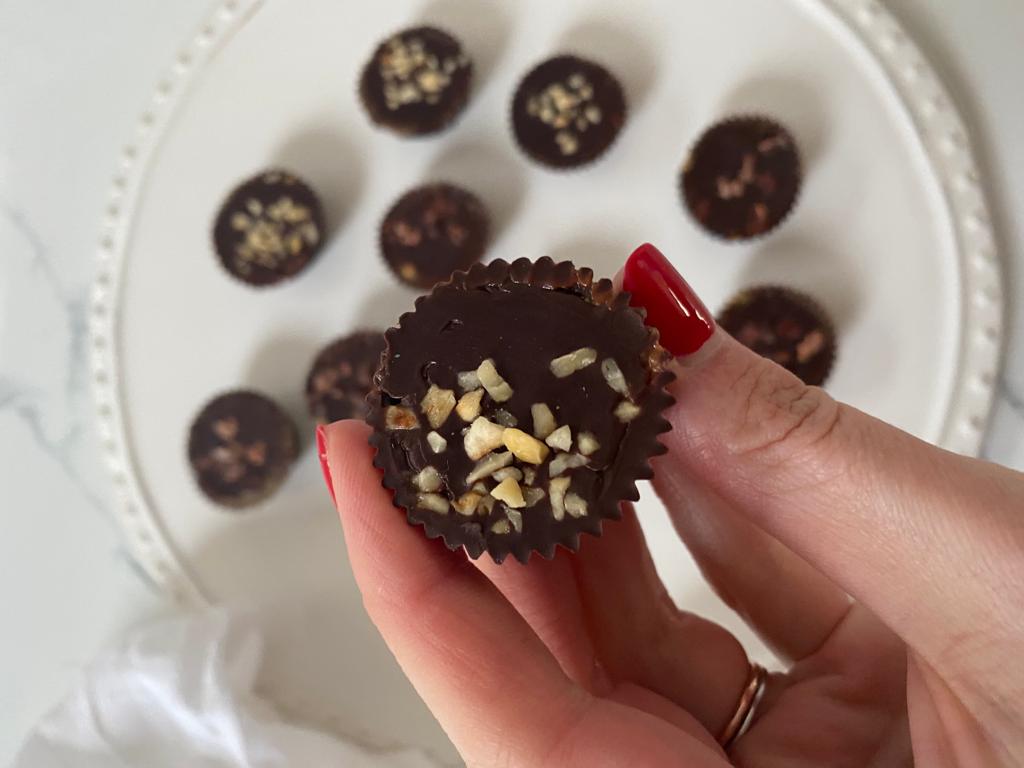
To make approx 12
- 100g of dark chocolate (80% cacao content or above)
- 1 tbsp coconut oil
- Approx 4 tbsp peanut butter
- Cacao nibs and chopped hazelnuts to decorate (crushed peanuts, seeds, or chopped dried fruit would work too!)
Method:
- Melt the chocolate first by setting up a small heatproof bowl inside a pan of shallow water. Break the chocolate up and place it in the bowl. Heat the water until it simmers and starts to melt the chocolate. Add coconut oil.
- Use mini cupcake cases and place them on a small baking tray (or you could use a plate as it needs to fit in the freezer!).
- Pour melted chocolate into the cases until about 2/3 full.
- Using a teaspoon, spoon approximately 1/3 tsp of peanut butter into the middle of each liner. It will sink down and stay in the middle.
- Top with more melted chocolate, and sprinkle your raw cacao nibs or hazelnuts on top for crunch.
- Pop in the freezer for 30 minutes, and once set, store in the fridge in a container ready for snack time!
Enjoy the transition to dark chocolate, you might just love it!
FURTHER READING:
What next?
Don’t forget to follow our Instagram page for more fertility nutrition tips from our team of certified practitioners.
Or click here, and head to our directory to book a free introductory chat with a team member.
